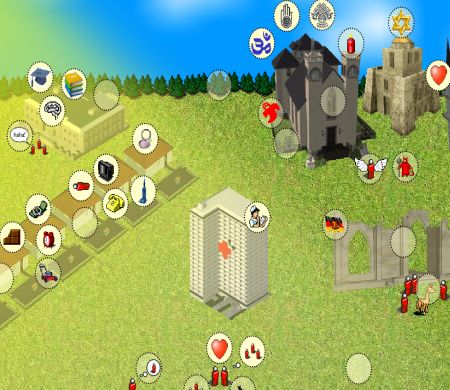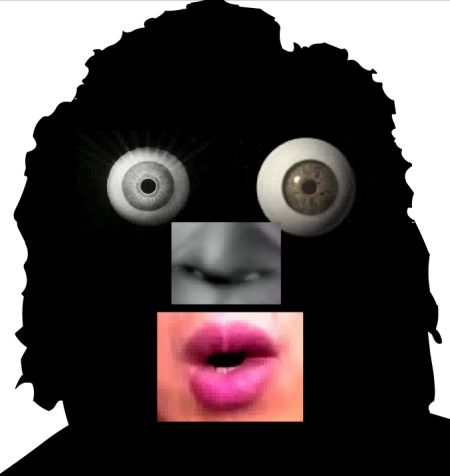
The Surveys
Scroll around the pixel graphics landscape and as you mouseover icons the answer to questions about happiness appear as pop-ups. Do jokes make you happy? 65.3% said "Yes" while 34.7% said "No". The survey questions are fun. As you mouse around you begin to anticipate what the questions will be but the percentages always seem to be surprising. It turns that the the thing the least likely to make you happy is a Stephen King novel. The most likely thing to bring happiness is sleep! I learned all this from the delightful conclusions. If youwant you can take the survey yourself.
This Flash application was built by Chris Joseph and David Hume.
The source was www.babel.ca.



